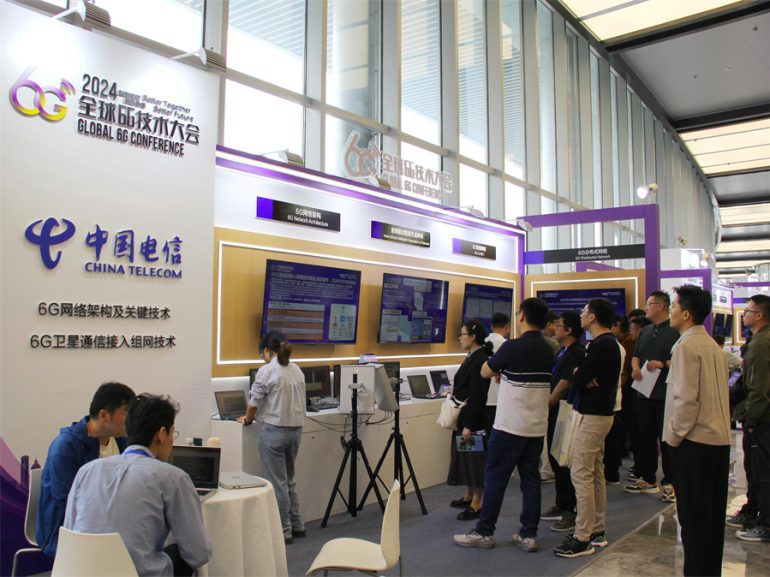- China Telecom’s TeleAI division introduces Xingchen, an advanced speech recognition model.
- Xingchen can decipher over 30 Chinese dialects, addressing a crucial barrier in customer service.
- The model aims to bridge the communication gap, ensuring inclusivity in digital services.
- TeleAI’s approach diverges from traditional methods by incorporating various dialects.
- The innovation holds significance for elderly residents and those in underdeveloped regions.
- AI’s systematic approach offers a transformative solution to dialect research.
- Xingchen is being piloted across several regions, enhancing customer service capabilities.
- China Telecom’s commitment to technological prowess is evident through collaborative partnerships and innovation.
Main AI News:
China Telecom’s TeleAI division has introduced a pioneering advancement: an advanced speech recognition model adept at deciphering over 30 Chinese dialects. Termed Xingchen, this groundbreaking large language model addresses a critical challenge in customer service, particularly with millions of daily calls in local dialects from regions where traditional AI systems often falter.
With a substantial portion of China’s population not fluent in Mandarin, this innovation aims to bridge the communication gap, ensuring inclusivity in digital services, asserts China Telecom.
TeleAI’s approach diverges from traditional methods, which typically focus on a single dialect. By incorporating various dialects like Cantonese and Sichuanese, the Xingchen model represents a significant leap in natural language processing, according to China Telecom.
This development holds particular significance for elderly residents and those in underdeveloped regions, reliant on native dialects for communication.
Traditionally, dialect research has been laborious, relying on subjective assessments. AI’s systematic approach offers a transformative solution, with TeleAI amassing a vast database exceeding 30,000 hours of dialect speech.
Currently undergoing trials in multiple regions, including Fujian and Beijing, the Xingchen model is enhancing China Telecom’s customer service capabilities across 30 dialects, handling approximately 2 million calls daily with improved fluency and efficiency.
Moreover, it powers a platform managing 1.25 million calls per day, deployed in government hotlines, facilitating better service and governance.
This innovation underscores China Telecom’s commitment to technological prowess, leveraging digital infrastructure and collaborative partnerships for advancement.
Ke Ruiwen, chairman of China Telecom, underscores the company’s dedication to ongoing innovation, emphasizing collaboration and cutting-edge technology adoption.
Meanwhile, Gou Ping, vice-chairman of SASAC, highlights the pivotal role of SOEs in supporting the digital economy’s growth through computing power and data management.
Additionally, China Telecom’s recent launch of direct-to-phone satellite connectivity in Hong Kong signals a milestone in international satellite communication services, marking progress in the Belt and Road Initiative.
Chen Lidong from the Ministry of Industry and Information Technology applauds China Telecom’s strides in international cooperation and infrastructure connectivity, cementing its position as a global telecommunications leader.
Conclusion:
China Telecom’s development of the Xingchen speech recognition model through its TeleAI division signifies a significant advancement in addressing language barriers, particularly in customer service. By bridging the communication gap across various dialects, China Telecom not only enhances inclusivity in digital services but also demonstrates its commitment to technological innovation and collaboration within the telecommunications market. This breakthrough has the potential to revolutionize how companies approach language processing and customer engagement strategies, positioning China Telecom as a leader in linguistic AI solutions.

